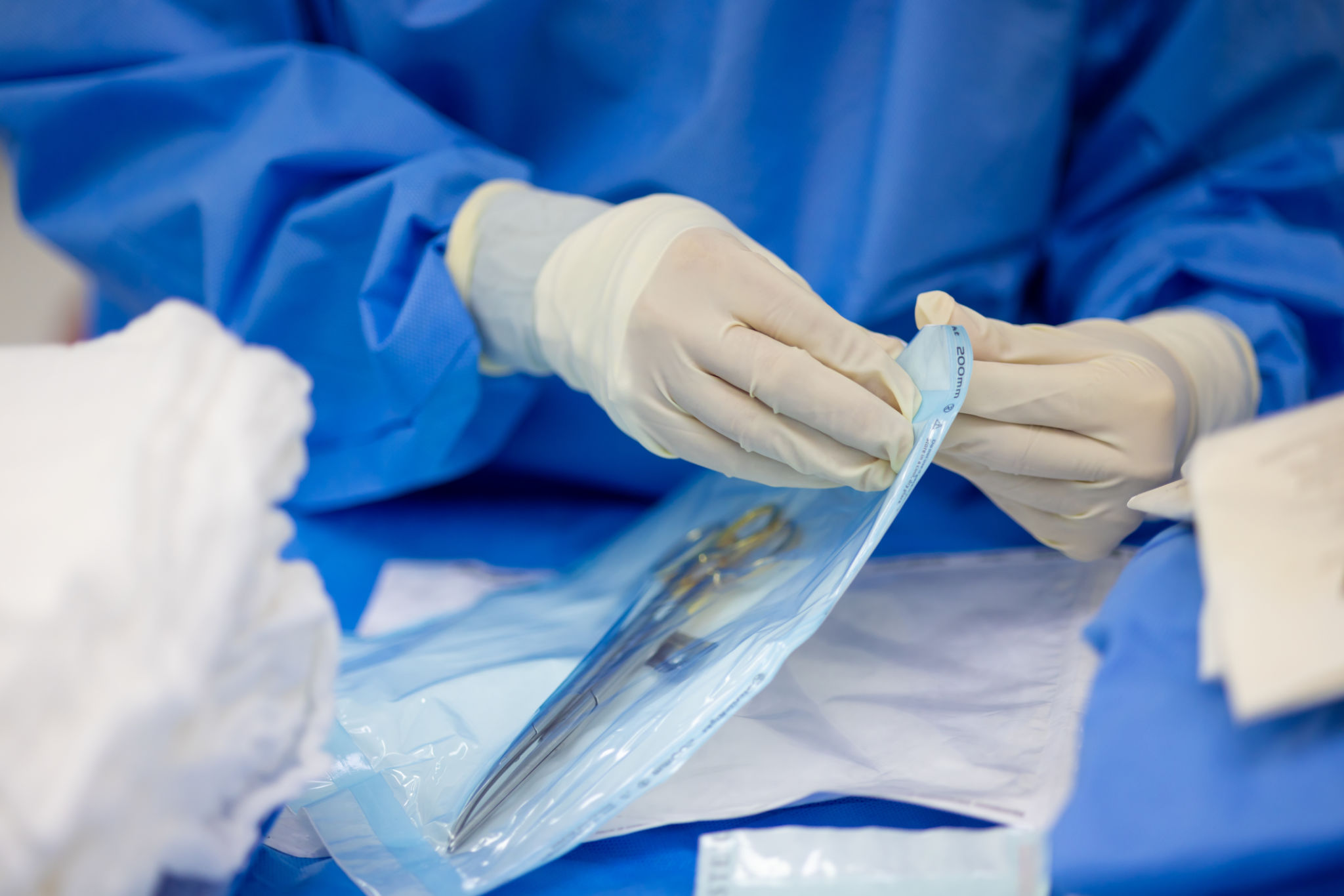FAQs About Biphasic Pulse Stimulators: What You Need to Know
Understanding Biphasic Pulse Stimulators
Biphasic pulse stimulators are devices used in various therapeutic and medical applications to deliver electrical impulses to muscles or nerves. These devices have gained attention due to their effectiveness in pain management and rehabilitation. But what exactly are they, and how do they work?
Essentially, these stimulators operate by sending electrical pulses that alternate in polarity, which can help reduce muscle fatigue and prevent tissue damage. This method is particularly beneficial for individuals undergoing physical therapy or those with chronic pain conditions.

How Do Biphasic Pulse Stimulators Work?
The fundamental principle behind biphasic pulse stimulators is to mimic the body's natural nerve signals to evoke muscle contractions. By alternating the polarity of the electrical current, these devices can stimulate muscle tissues more effectively without causing discomfort. This makes them a preferred choice over monophasic stimulators in many therapeutic settings.
Typically, these devices feature adjustable parameters, allowing healthcare providers to customize the stimulation according to individual needs. This customization ensures that patients receive the most effective treatment tailored to their specific conditions.
Benefits of Using Biphasic Pulse Stimulators
One of the primary advantages of using biphasic pulse stimulators is their ability to manage pain without relying on medications. This non-invasive approach can be particularly appealing for patients seeking alternative pain management solutions.
Moreover, these stimulators are often used in rehabilitation settings to promote muscle recovery and improve motor functions. Their ability to enhance blood circulation and reduce inflammation makes them an invaluable tool in physical therapy.

Common Applications
Biphasic pulse stimulators are versatile devices used in various medical fields. Some of their common applications include:
- Pain management for conditions such as arthritis and fibromyalgia.
- Rehabilitation for sports injuries and post-surgical recovery.
- Muscle strengthening and conditioning in athletic training.
These diverse applications highlight the flexibility and efficacy of biphasic pulse stimulators in addressing a wide range of health concerns.
FAQs About Biphasic Pulse Stimulators
Are Biphasic Pulse Stimulators Safe?
Yes, when used under the guidance of a qualified healthcare provider, biphasic pulse stimulators are generally considered safe. It's crucial to follow the recommended guidelines and settings to avoid any adverse effects.
Most devices come with safety features that prevent excessive stimulation, ensuring patient comfort and safety during use.

Who Can Benefit from These Devices?
Individuals with chronic pain conditions, those recovering from injuries, or athletes looking to enhance performance can benefit greatly from biphasic pulse stimulators. However, it's essential to consult with a healthcare professional to determine if this therapy is suitable for your specific needs.
In some cases, individuals with certain medical conditions such as pacemakers or epilepsy may need to avoid using these devices. Always seek medical advice before starting any new treatment.
Conclusion
Biphasic pulse stimulators are a powerful tool in modern medicine, offering a non-invasive alternative for pain management and rehabilitation. By understanding how these devices work and their applications, patients and healthcare providers can make informed decisions about incorporating them into treatment plans.
Whether you're dealing with chronic pain or looking to enhance your recovery process, biphasic pulse stimulators might be the solution you need. Always remember to consult with a healthcare professional to ensure safe and effective use.